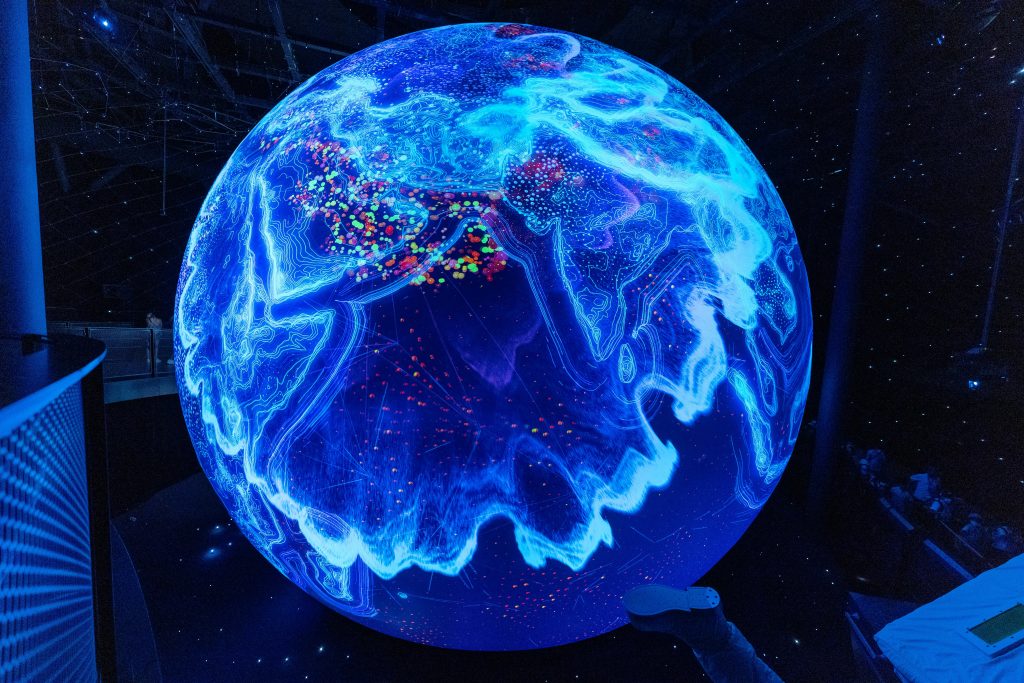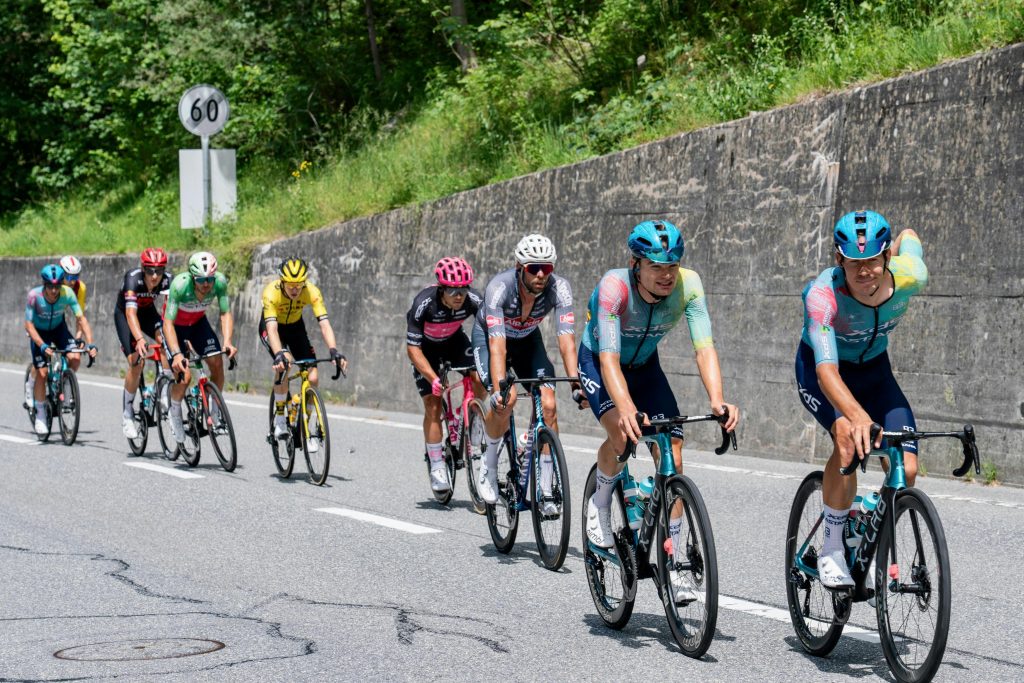Modern AI breakthroughs—from image recognition to language translation—hinge on neural networks learning patterns from real-world data. But turning raw datasets into robust models requires a multistep pipeline: gathering and curating data, preprocessing for quality, choosing architectures, training with optimizers, validating performance, and iterating through hyperparameter tuning. In this comprehensive guide, you’ll discover each phase of that journey, practical tips, common pitfalls, and code snippets to illustrate how neural networks go from zero to production-ready on authentic datasets.
1. Collecting and Curating Real-World Data
A. Data Sources
- Public Datasets: ImageNet for vision; LibriSpeech for audio; Common Crawl for text.
- Proprietary Data: Customer logs, sensor readings, enterprise databases.
- Synthetic Augmentation: Simulations or GAN-generated samples to fill gaps.

B. Data Quality and Labeling
- Annotation Tools: LabelImg for bounding boxes; Amazon SageMaker Ground Truth for crowdsourcing.
- Consistency Checks: Cross-validator rounds, inter-annotator agreement metrics.
- Class Balance: Ensure minority classes aren’t underrepresented—use oversampling or weighted loss if needed.
2. Preprocessing and Feature Engineering
Raw data rarely goes straight into a model. Preprocessing steps include:
- Cleaning: Remove duplicates, handle missing values, correct mislabeled entries.
- Normalization/Standardization: Scale features (e.g., zero-mean unit-variance) so learning converges smoothly.
- Augmentation (for images/audio): Random crops, flips, noise injection to improve generalization.
- Tokenization & Embeddings (for text): Break sentences into tokens, map to word vectors or subword embeddings.
pythonCopyEdit# Example: Image normalization with PyTorch
import torchvision.transforms as T
transform = T.Compose([
T.Resize(256),
T.CenterCrop(224),
T.ToTensor(),
T.Normalize(mean=[0.485, 0.456, 0.406],
std=[0.229, 0.224, 0.225])
])
3. Splitting Data: Training, Validation, Test
A robust evaluation demands three disjoint subsets:
- Training Set (≈70–80%): Model learns weights.
- Validation Set (≈10–15%): Tune hyperparameters and perform early stopping.
- Test Set (≈10–15%): Final unbiased performance evaluation.

Tip: For time-series or streaming data, use chronological splits to avoid leakage.
4. Choosing and Configuring the Neural Architecture
A. Off-the-Shelf Models
- CNNs for images (ResNet, EfficientNet).
- RNNs/LSTMs or Transformers for sequences and language (BERT, GPT).
B. Customizing Complexity
- Depth vs. Width: Deeper nets capture high-level features; wider layers can learn diverse patterns.
- Regularization: Dropout, weight decay to prevent overfitting on noisy real-world data.
- Transfer Learning: Fine-tune pretrained backbones on your dataset to accelerate convergence and boost accuracy.
pythonCopyEdit# Example: Loading pretrained ResNet in PyTorch
from torchvision import models
model = models.resnet50(pretrained=True)
# Replace final layer for a new classification task
model.fc = torch.nn.Linear(in_features=2048, out_features=num_classes)
5. Training Loop and Optimization
A. Loss Functions
- Cross-Entropy Loss for classification.
- Mean Squared Error for regression.
- Custom Losses: Focal loss for class imbalance, adversarial loss for GANs.

B. Optimizers and Learning Rates
- SGD with Momentum for stable convergence.
- Adam/AdamW for adaptive learning rates.
- Learning Rate Schedules: Step decay, cosine annealing, or warm restarts.
pythonCopyEdit# Simplified training loop snippet
optimizer = torch.optim.Adam(model.parameters(), lr=1e-4)
criterion = torch.nn.CrossEntropyLoss()
for epoch in range(num_epochs):
model.train()
for xb, yb in train_loader:
preds = model(xb)
loss = criterion(preds, yb)
optimizer.zero_grad()
loss.backward()
optimizer.step()
# Validate after each epoch…
C. Early Stopping and Checkpointing
- Early Stopping: Halt training when validation loss stagnates to avoid overfitting.
- Checkpointing: Save best model weights periodically for crash recovery and ensemble building.
6. Evaluating Performance and Diagnosing Issues
A. Metrics Beyond Accuracy
- Precision, Recall, F1-Score to balance false positives vs. negatives.
- AUC-ROC for ranking tasks.
- Mean Absolute Error (MAE) or R² for regression.
B. Error Analysis
- Confusion Matrices: Identify systematic misclassifications.
- Saliency Maps/Grad-CAM: Visualize which input regions drive predictions in vision models.
- Residual Plots: Spot heteroscedasticity or bias in regression outputs.
7. Hyperparameter Tuning and Model Selection
- Grid Search vs. Random Search: Random search often finds better configurations more efficiently.
- Bayesian Optimization: Tools like Optuna or Hyperopt for intelligent sampling.
- Cross-Validation: K-fold or stratified to robustly estimate performance on limited data.
8. Deployment and Monitoring
A. Exporting Models
- ONNX for cross-platform compatibility.
- TensorFlow SavedModel or TorchScript for production inference.
B. Serving Infrastructure
- REST APIs: Flask, FastAPI wrappers.
- Edge Deployment: TensorFlow Lite or NVIDIA TensorRT for latency-sensitive applications.

C. Post-Deployment Monitoring
- Data Drift Detection: Track input feature distributions over time.
- Performance Alerts: Automate alerts when accuracy or latency degrades.
- Retraining Pipelines: Schedule periodic model updates with fresh data.
Conclusion
Training neural networks on real-world data is a disciplined process—from gathering quality data and preprocessing, through architecture selection, training, validation, and hyperparameter tuning, to deployment and monitoring. Each step demands careful attention to detail and an understanding of both the data’s intricacies and the model’s behavior. By following this end-to-end pipeline—and continuously iterating based on metrics and error analysis—you’ll be well-equipped to build neural networks that perform reliably in complex, real-world environments.


